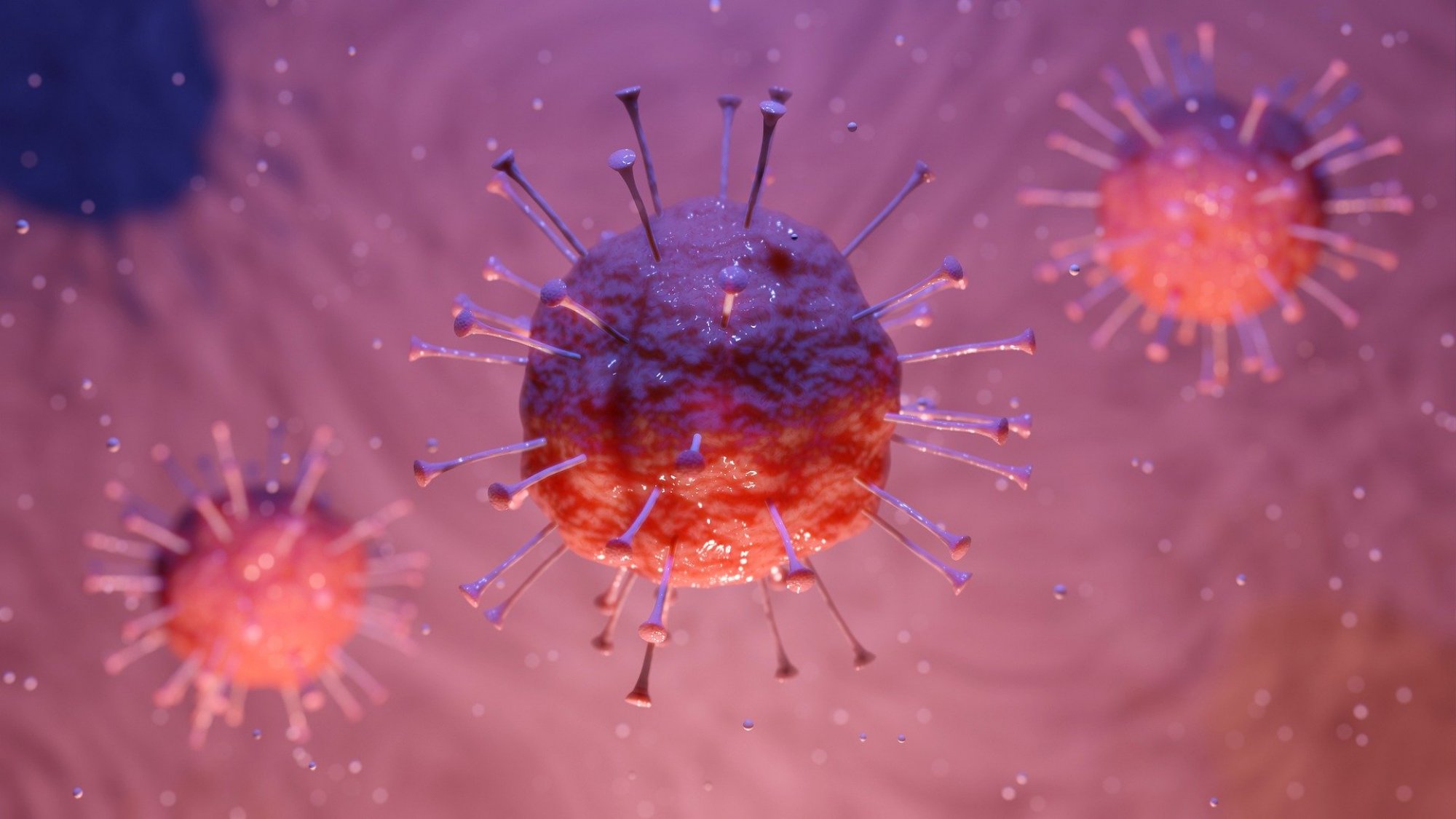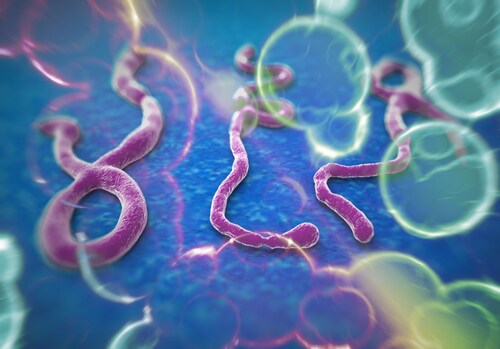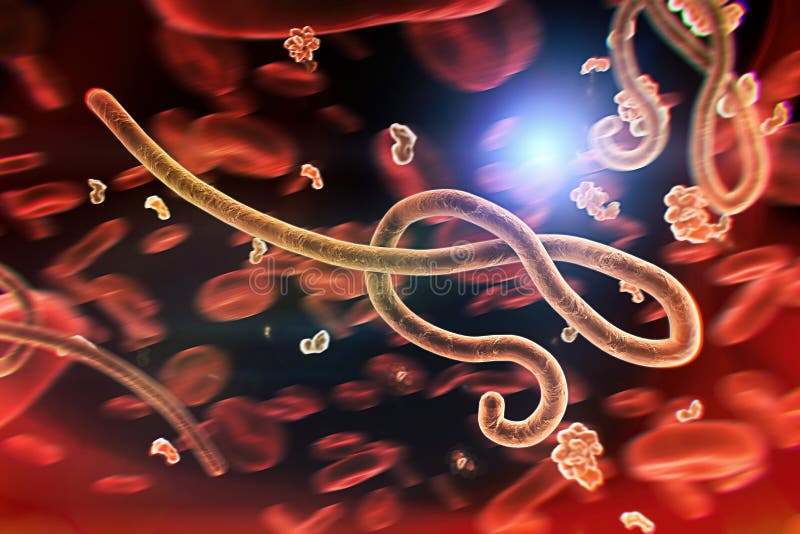
Humans are battling viruses as before our species had also developed into its modern form. for a few viral infections, vaccines and antiviral drugs have allowed us to stay diseases from spreading internationally, and have helped infected people recover. For one disease — smallpox — we've been ready to eradicate it, ridding the planet of the latest cases.
But we're an elongated way from winning the fight against viruses. In recent decades, many viruses have bounced from animals to people and triggered sizable outbreaks, claiming thousands of lives. The viral tension that drove the 2014 to 2016 Ebola explosion in West Africa kills up to 90% of the people it affects, making it the foremost deadly member of the Ebola family.
But there are other viruses out there that are equally deadly, and a few that are even deadlier. Some germs, including the novel coronavirus currently working outbreaks around the earth, have lower death rates, but still pose a meaningful threat to government health as we do not yet have the midpoints to battle them
1: Marburg virus

Scientists distinguished the Marburg virus in 1967 when little breaks happened among lab workers in Germany who were exposed to contaminated monkeys shipped from Uganda. Marburg virus is related to Ebola in that both can cause hemorrhagic illness, suggesting that infected people receive high fevers and bleeding throughout the body that can start to shock, organ loser and death.
The death rate in the first outbreak was 25%, but it was more than 80% in the 1998 to2000 outbreak in the Democratic Republic of Congo, as well as in the 2005 outbreak in Angola, according to the World Health Organization (WHO).




0 Comments